How The Waratah’s sophomore cocktail list came to life
The two-level Darlinghurst bar made a splash when it opened late last year — here’s its Drinking Australia Vol. 2.
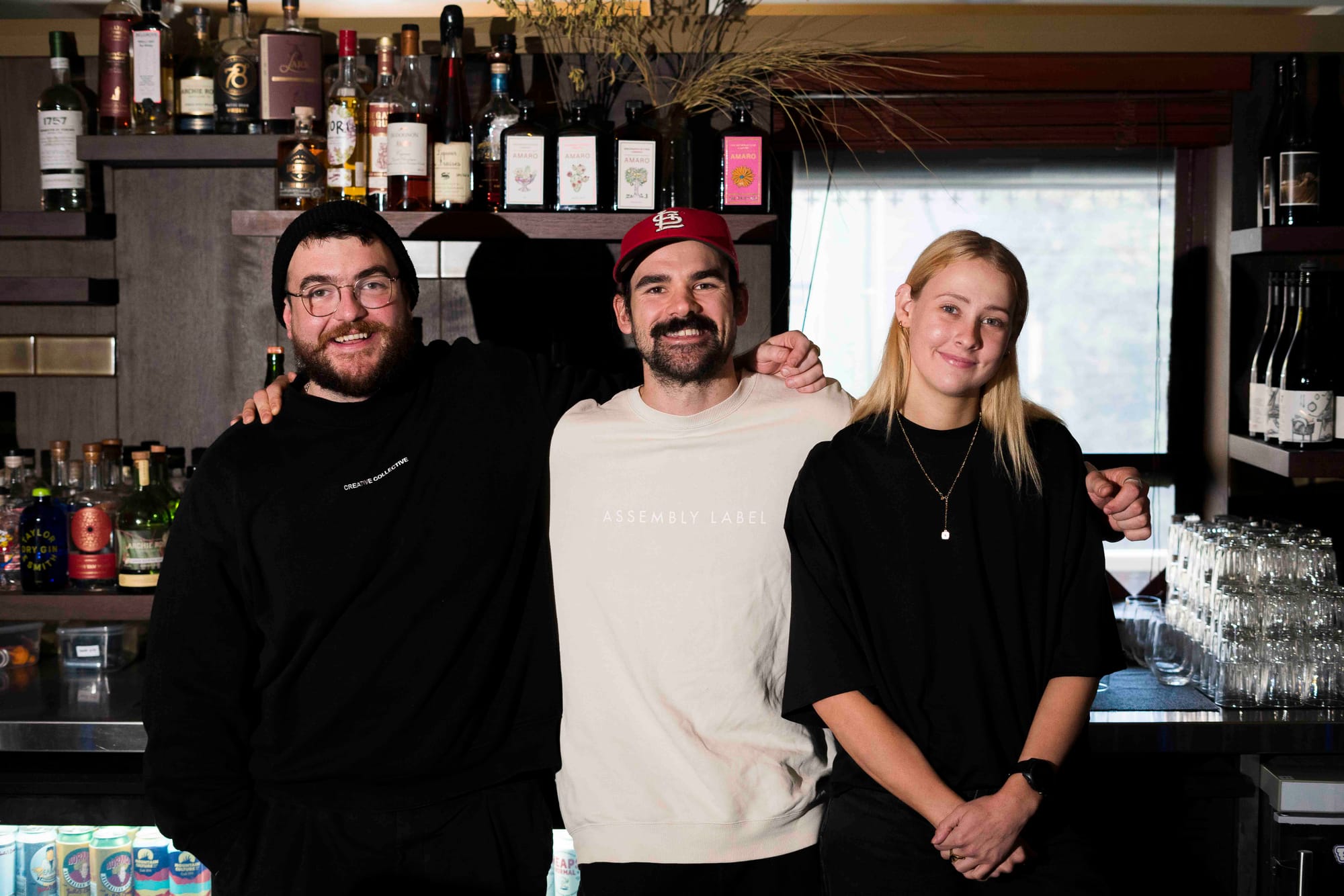
When The Waratah opened in early December of 2023, it quickly became a favourite of off-duty bartenders and hangers-on (hello, that’s me) looking for good drinks. Its neighbourhood bar atmosphere is paired with drinks that are as good as you’ll find at any bar on any world’s best list, and the bartenders are down to earth and eager to show hospitality. (Whenever I’ve stepped inside lately bar manager Jeff Santony has found some way of getting a pack of the kangaroo shaped Jumpy’s chicken chips into my hand — often without me realising it. I don’t know why. But who doesn’t like a snack?)
And The Waratah has just released its second cocktail list. I should clarify that: in the downstairs bar on street level, three cocktails of the five-strong list change each week, and it’s up to a different bartender each week to develop and create them.
But for the drinks upstairs, in a space that feels like equal parts cocktail lounge and smart bistro, the cocktail list takes longer to develop, there’s more technique, its ambitions are grander.
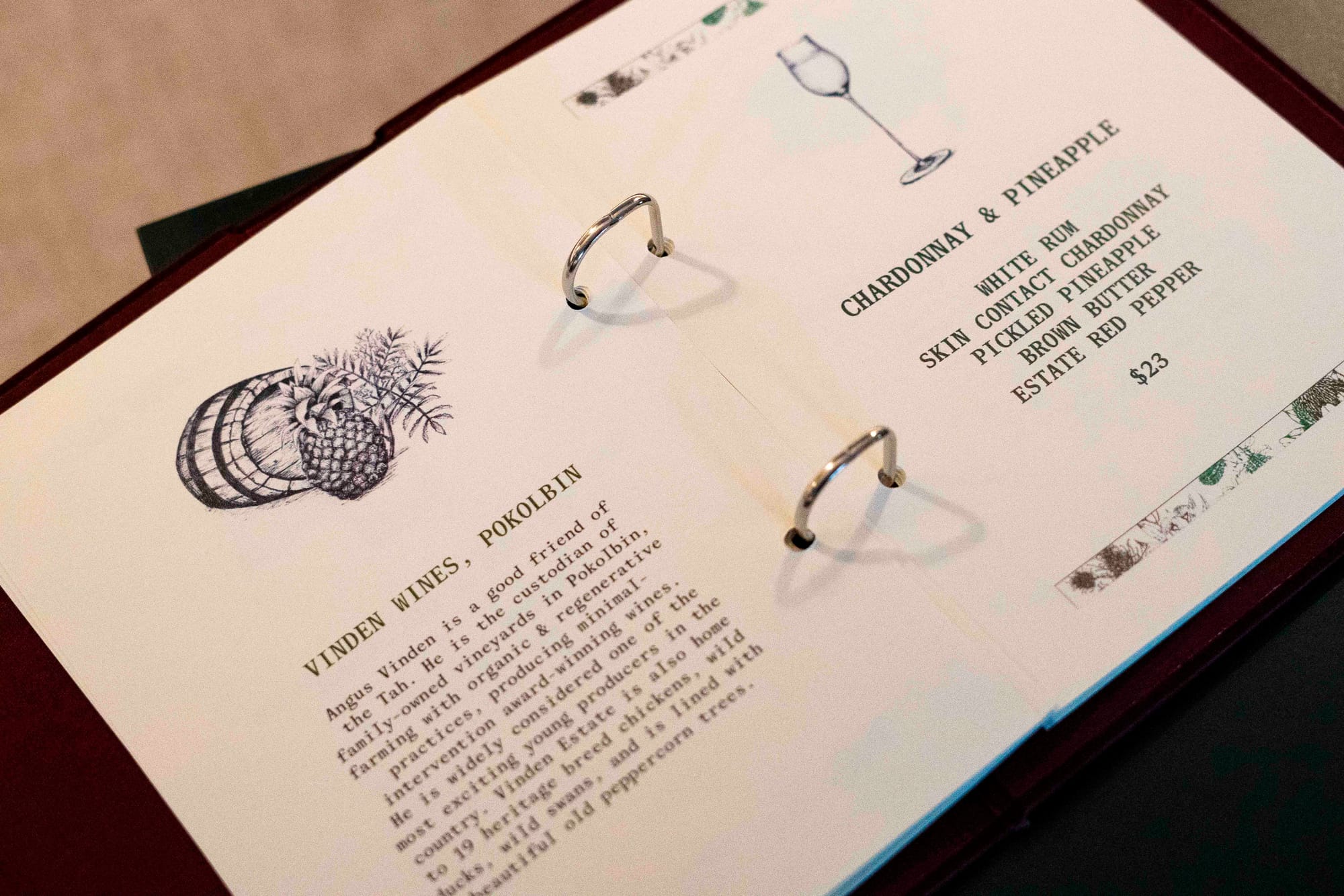
Titled Drinking Australia Vol. 2, this new list puts a spotlight on a region and the produce and producers that come from there. The opening menu highlighted producers in the far north of the country; this latest list looks a little closer to home, with the producers of the Hunter Valley getting a run.
“We’ve gone out there, spent the day with people that live and work there,” says co-owner and bartender, Evan Stroeve.
The result is a delicious new menu of drinks, of course. But one of the highlights for me — perhaps the standout drink of what I’ve tried so far — is a non-alcoholic drink. That’s not something I’ve written before. It’s the Yuzu & Flowers, from bartender Tom Opie.
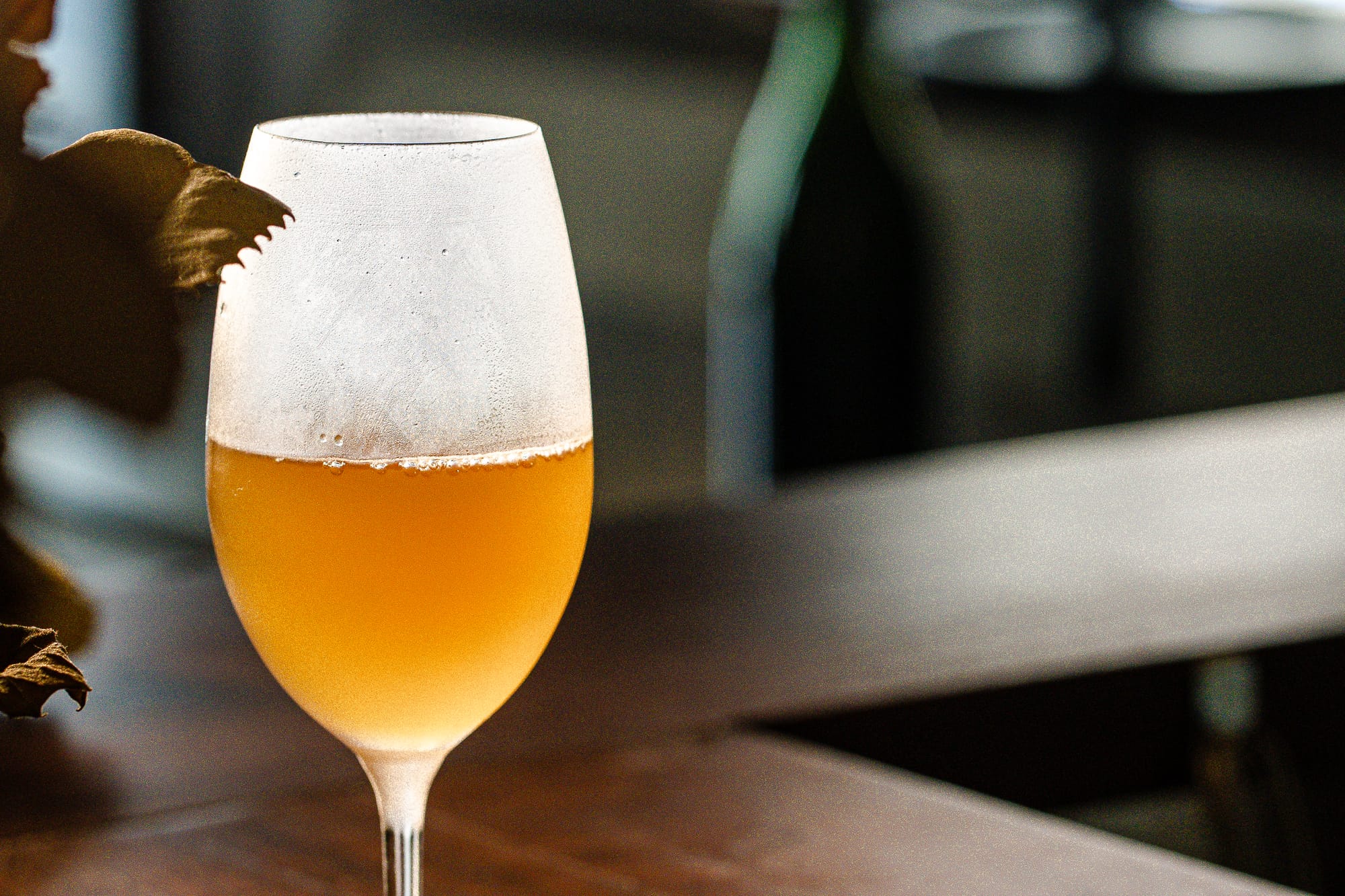
“He’s like the non-alc drink whisperer,” says Evan. Tom uses the spent lees from Vinden Wines in the Hunter to give the drink a texture that solves what is, to me at least, the problem with just about all non-alcoholic cocktails and non-alc wine: they drink like water, not booze. You pay a premium for a drink that disappears too quickly. I think Tom may have found the magic formula. It’s delicious. I hope he puts it into bottle form for us all to buy.
Below, lightly edited and condensed for clarity, I speak to Evan, creative lead Andie Bulley, and the talented Tom Opie about how this menu was pulled together, the design, the way it has been laid out — and what they’ve done differently since opening.
While I have you: you’ll be able to catch Evan and Tom in a one off collaboration with The Waratah and influential Brisbane cocktail bar, Maker, in Brisbane during the Bartenders’ Weekender on Tuesday 18 June — you can see the details here at bartendersweekender.com.
Evan will also be talking about The Waratah and what he’s learned at the Better Bars Summit during the Bartenders’ Weekender, at 12pm on the Tuesday — it’s a chat you don’t want to miss. He’ll also be speaking on the following panel, Honest Hospitality: how ti build communities around your business with myself and Shirley Yeung, the drinks guru for Foxtrot Unicorn and Edward & Ida’s in Perth, and the co-founder of Mix Haus, a leading not for profit supporting women in hospitality. Get tickets to the Better Bars Summit right here.
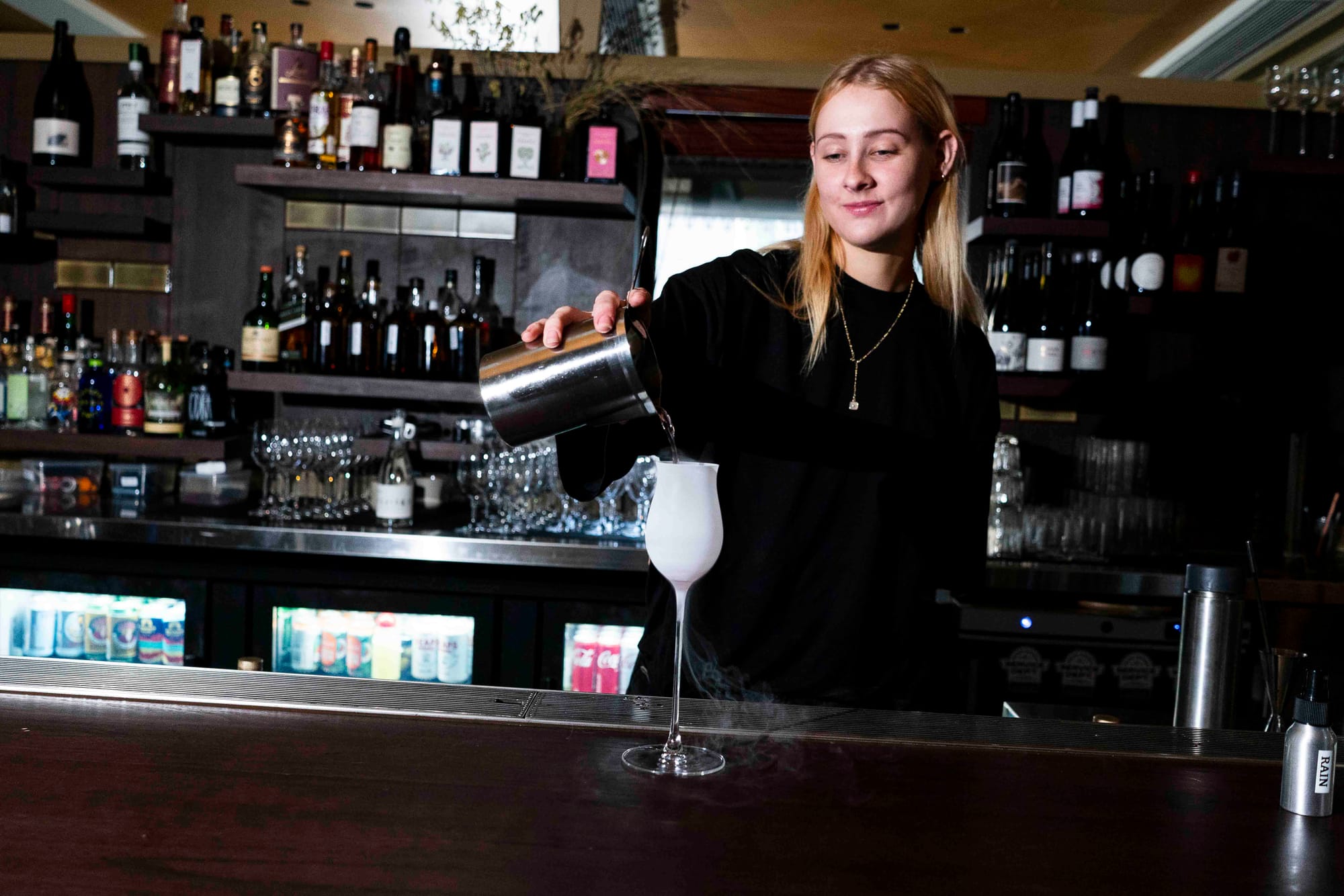
Sam Bygrave: How long has The Waratah been open for?
Evan Stroeve: Six and a half months.
SB: Six and a half months. Doesn’t feel like six and a half months. Does it feel like six years to you?
ES: It feels... Well, it feels like six days — and six years.
SB: Yeah, right.
ES: It still feels new. Like it’s such a big change in all our lives. I think it still feels new. But... it’s also all the throes of opening a venue, the chaos and the issues and the dramas. All those teething pains have subsided a little bit. And the team is stronger. We’ve got more time to think about it. Which at the start? It was just go. It was just go.
Andie came down maybe a week and a half before opening week and that’s not a lot of time to put together what is effectively two cocktail menus, a food menu, train everyone —but it’s always the way right?
SB: So when you open the second and third you’re probably doing the exact same thing.
ES: 100%.
Are there any big things that you’ve changed in the first six months from what you first opened with? Any tweaks?
ES: The food menu has become more of a focus up here, which is not really something any of us anticipated, but it’s also something I think was vital for this space. A lot of the time you have best intentions, right? You open something, you say it’s gonna be the best cocktail bar in the world — punters ultimately decide that for you. And people are coming for the food and they’re still drinking the cocktails, we still go through 10 litre batches of each every week. But if people are coming back for that, then you almost have to cater to that.
SB: And, you know, it looks like a bit of a restaurant.
ES: It has a bit more of a restaurant focus, which means the wine list has fattened out. The level of experience [up here] meant it needed to.
And we hired a few more restaurant experienced staff. So that’s changed and with that we trimmed down the cocktail list a little bit initially, but we’ve kind of gone back to a bigger list up here. We’ve kept it at the front of the menu, and we’ve localised the concept a little bit more so it’s familiar. When we opened it was summer so the idea of heroing a region that is tropical and foresty with all the things that we all love made sense, but it also entailed delays in getting produce, sometimes we were unable to get produce, due to the weather and the fact that it’s just miles away.
SB: North Queensland is miles away from Brisbane, let alone Sydney.
ES: Yeah, exactly. So off the back of that we had a chat together and brought it a little bit closer to home where we’ve got connections.
SB: You can drive there, too.
ES: Yeah, we can go and visit as a team. A lot of these guys hadn’t been to the Hunter before. And we’ve gone out there, spent the day with people that live and work there. It’s just a little bit more authentic, a little bit more real.
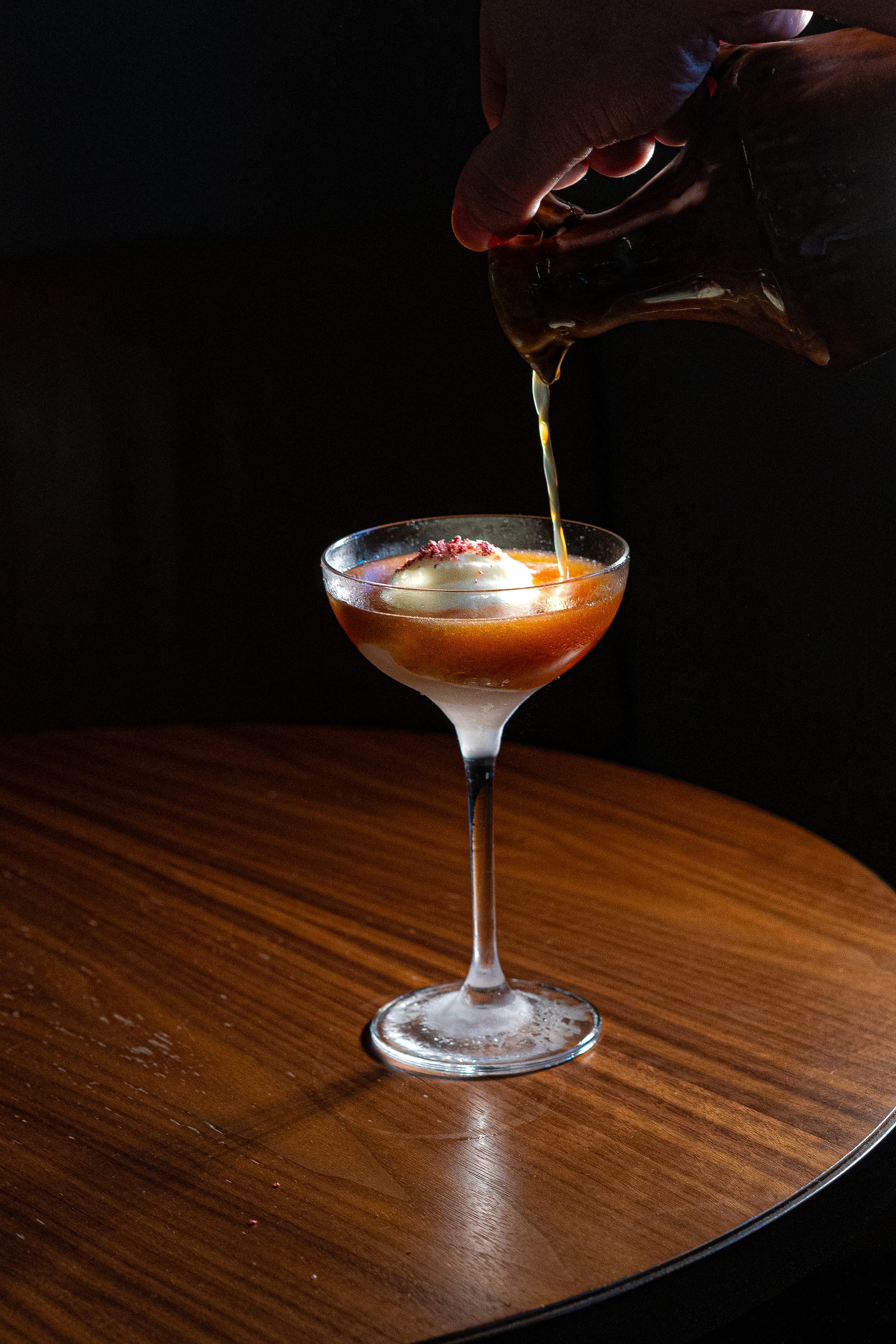
SB: How did this one come together? Like, obviously you guys are here all the time now. Was it a bit more collaborative?
Yeah, significantly more. Andie, describe your experience with the first menu, to be honest, and describe your experience with the second one, because I imagine they would have been completely different.
Andie Bulley: Yeah, Evan just gave me a bunch of recipes and just said, make them work. And so that was essentially what my first week was. It was just balancing recipes Evan wrote in his kitchen.
SB: The key word there is ‘balancing’.
AB: We hadn’t made anything. There was no space to make anything. So it was just that week before, I remember walking in,, they’ve told me to come up and have a chat or whatever and there was just like chinoise and coffee filters everywhere. It was hectic. But we made it work.
And there’s some banging drinks on there, but the approach to the second menu was very different. A little bit more time to curate it and a bit more thought and obviously a lot more collaborative. The way we went about that as well, which is super cool, was just starting off with a big list of producers and suppliers and letting the team choose what they resonate with. And also not laying out a strict quota of spirits that we had to use. So that way we can kind of curate a drink based around really what the producer is and what works best and what spirits work best. And try to maybe tell the story of the producer more than tell the story of what we’re contracted to pour. So it’s a really big heavy focus on our producer and suppliers which I really like.
Tom Opie: It was great — We all chose our producer and then went away and came back with some ideas and sent them to each other, and narrowed it down that way which is I think a much better way of doing it than just being like a bunch of recipes and trying to get them done. I think we had like five individual tweaking sessions to get them just right.
SB: How long did the process take?
AB: Longer than expected. But that’s okay. It’s my first time really doing a menu. So like understanding gentle pressure and trying to get deadlines and all of that sort of stuff is a learned skill. I think with more menus comes more practice, and more processes. I’m just excited to do the next one now.
SB: How long will this one be in for?
AB: Three months.
SB: Letting everyone pick a producer, did you end up with a whole bunch of gin drinks or something like that?
ES: We ended up with a whole bunch of pink drinks. There’s seven drinks on our menu and they’re all pink and then there’s two that aren’t.
But it’s super collaborative.I think if there is a golden thread in this venue, it’s the stories and the communication of provenance.
There’s techniques in these drinks that are complex and if you’re not a bartender you might not necessarily understand them, but through telling these stories and presenting them in a way that is accessible, it’s all easy to make sense of. We’re trying to find that balancing point between being modern but still being an accessible and colloquial neighbourhood bar.
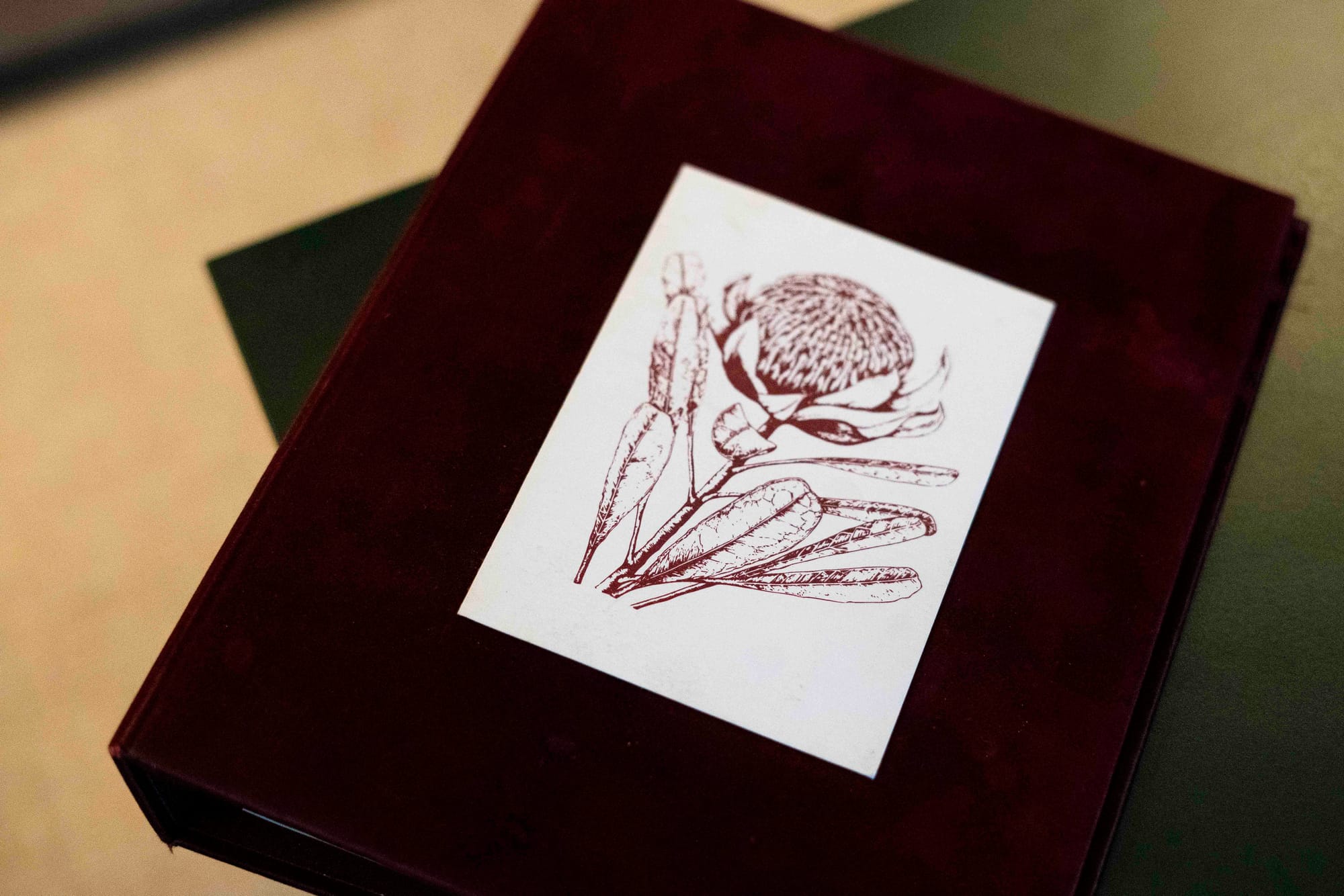
How many people do you think care about how the drink comes together?
ES: Like, in terms of punters? Outside of the four of us?
SB: Yeah.
ES: No one. Some people do, for sure — maybe 10 percent. Don’t get me wrong, that’s why we do it — because it’s the 10 percent that are genuinely interested. Most people, they’re here for their birthday or they’re here for an anniversary. They just want things that taste nice.
SB: Who did the design on the menu? What’s the inspiration there?
ES: Mama Stroeve — Wendy Stroeve. The inspiration for the drawings were, it’s like that old scientific botanical sketchbook kind of thing. That was the inspiration. But by doing it, you know, [one drink on] one page at a time, you kind of give people the opportunity: they can either read this story about the producer and the connection between the drinks, or they can just go straight to the drink.
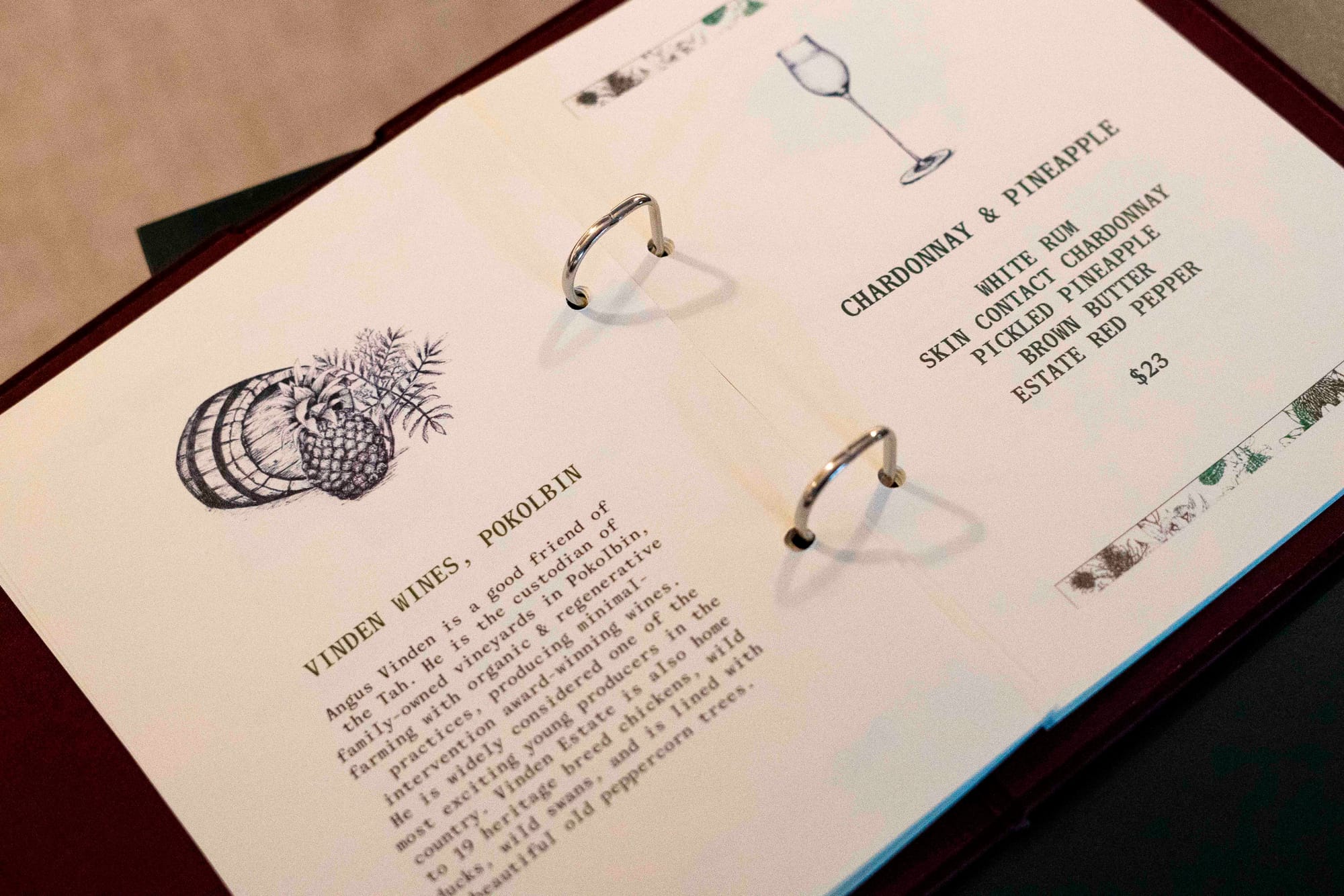
SB: How important is the photo or the drawing of the drink?
ES: I think people drink with their eyes. If you see a margarita glass you get an assurance it’s a sweet and sour drink. People make that connection themselves. I think most people would look at the style of drink and make a decision based on that.
SB: When you’re spending $24 on something you’ve never had before, there’s that risk of like, I’m going to be upset with what this is.
ES: Yeah, it’s kind of like a nod to familiarity. You know what I mean? And we intentionally put it at the beginning [of the menu] so, if people assume this is a restaurant without knowing anything about me, these guys or anyone else, they come in and they know nothing about the cocktails. But putting it at the start, you at least narrow their vision initially. They look at it and they go, fuck, this is actually pretty cool. The images are sick, that glass looks amazing. I love the story attached to it. You kind of get that foot in the door before they make a decision about wine.

